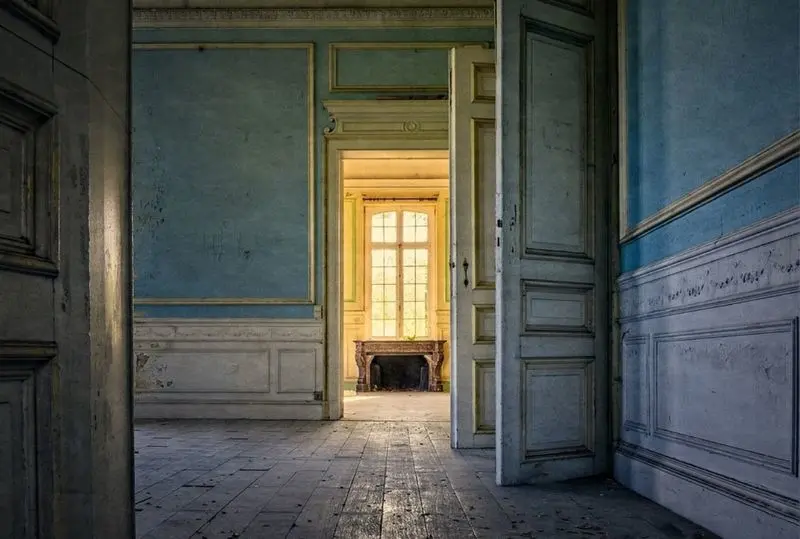Romeo and Juliet, the version from Piedmont
In contrast, the county of Rivombrosa, setting for the tormented love story between the servant Elisa Scalzi and Count Fabrizio Ristori in the TV series Elisa di Rivombrosa, is entirely fictional. The location used was Agliè, near the hills of Macugnano, in the Canavese area. The tree-lined drive leading to the village and to Piazza Castello is historically known to residents as Riv’umbrusa, which gave the series its title and the Ristori residence is the Ducal Castle of Agliè. The imposing facade of the building in Piedmont brick, with steps leading to a vast English park, provides the backdrop for chases and discussions between the lovers in the garden while the staircase provides the setting for Fabrizio’s dramatic declaration of love. Their marriage, later sabotaged by the Marchioness Lucrezia Van Necker, takes place in the Church of Santa Marta in the centre of Agliè. Lucrezia who is still in love with Fabrizio, is the couple’s main enemy and plots against them from her residence, Castle of San Giorgio Canavese. In addition to the difficulty in living out their love, Elisa and Fabrizio are also the only people who can dismantle an attempt on the king by a group of conspirators. Fabrizio attempts several times to deliver the list of conspirators to the royal palace and government buildings, between the Hunting Lodge of Stupinigi and the Royal Castle of Racconigi, putting both his life and his future with Elisa at risk.


